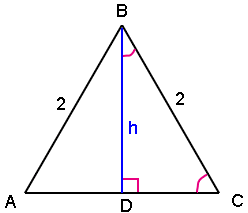Math Mammoth Grade 7 (prealgebra) worksheets available
Just as of today, I got online and available the new Math Mammoth Grade 7-A and 7-B worksheets collections . These pre-algebra sheets contain problems for beginning algebra topics such as expressions, linear equations, and slope - plus your typical 7th grade math topics such as integers, fractions, decimals, geometry, statistics, and probability. You will find the problems are very varying as these worksheets have been created one by one (not script made). Go download and enjoy the free sample sheets! - including a Percent Fact Sheet .


